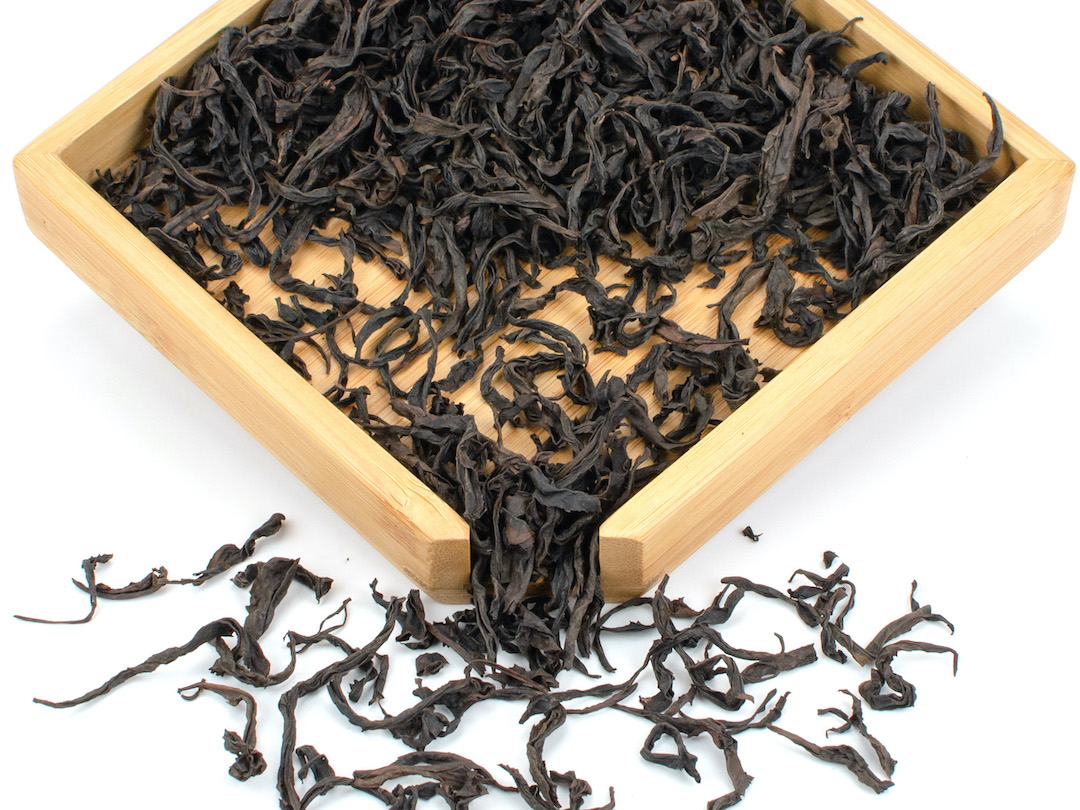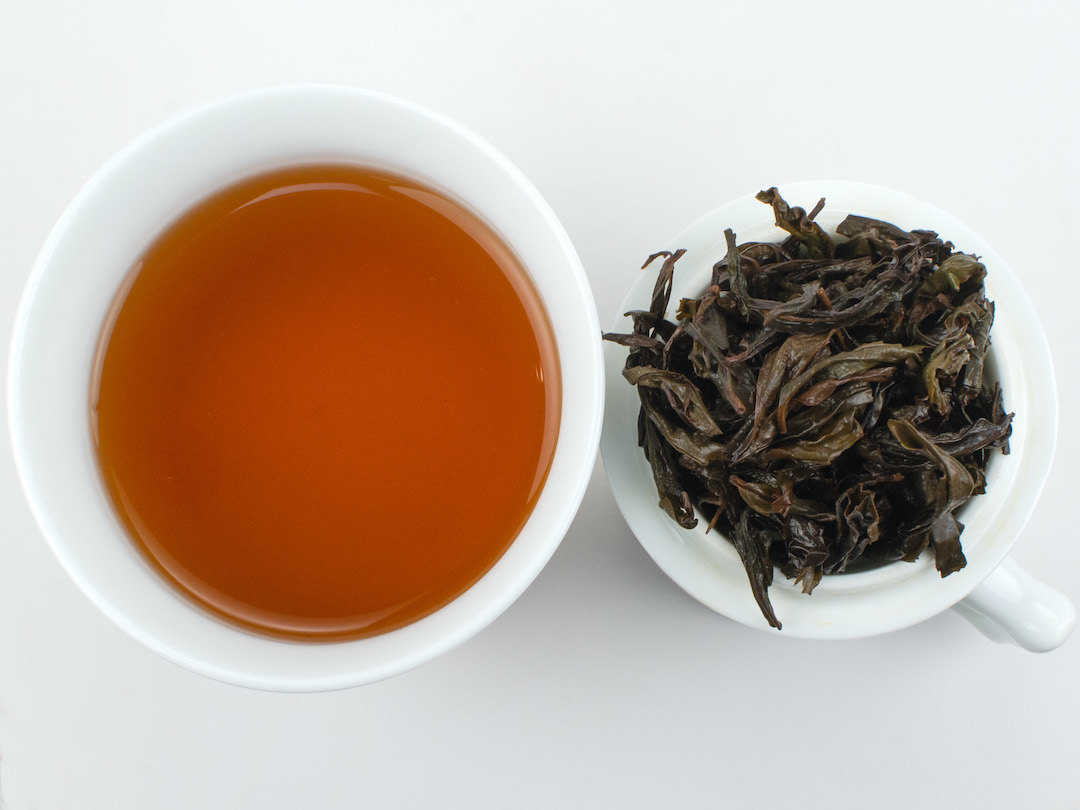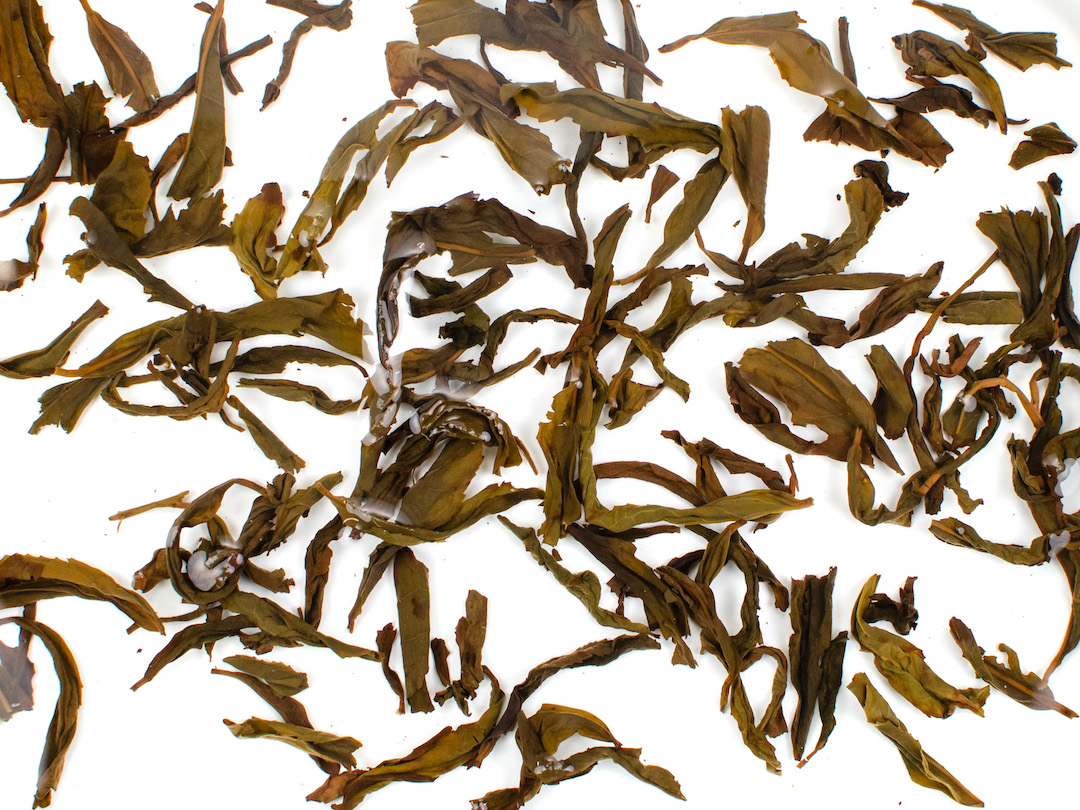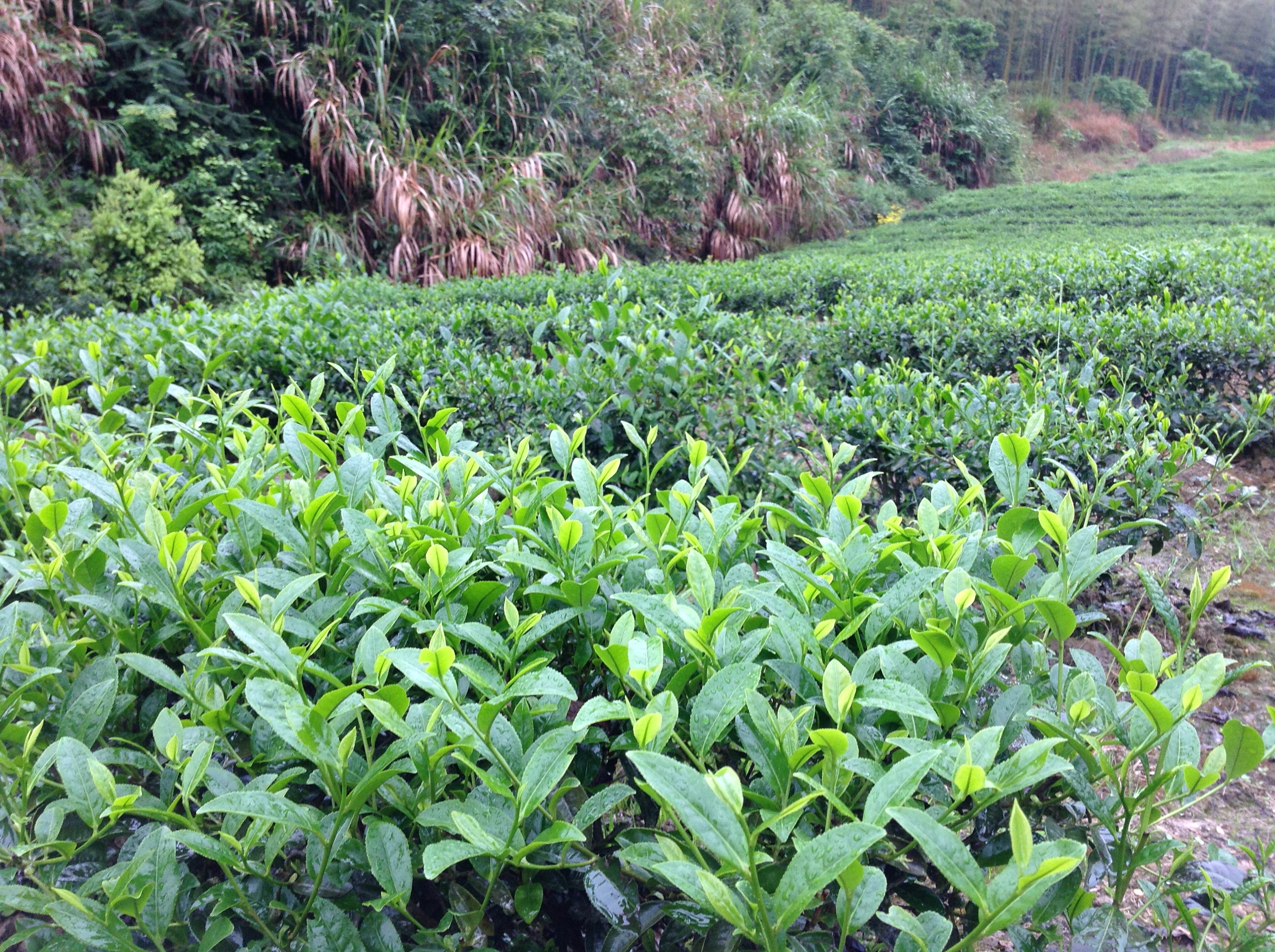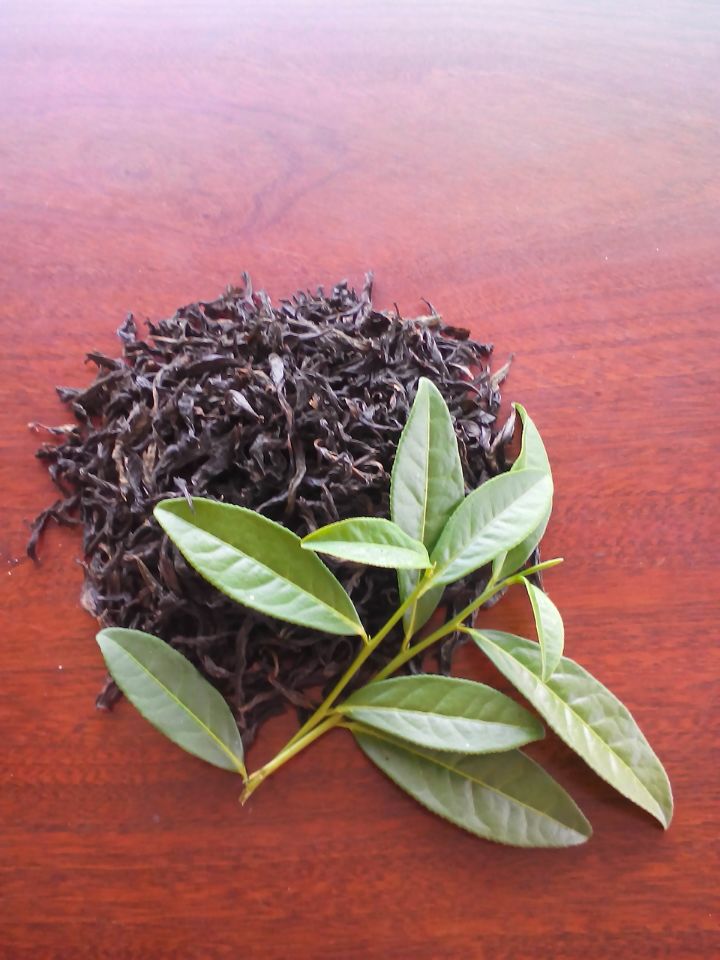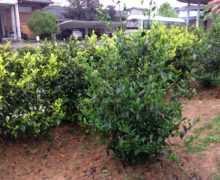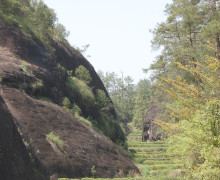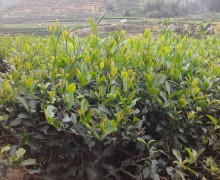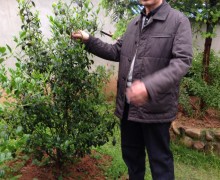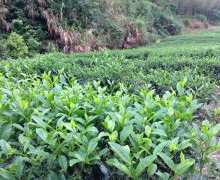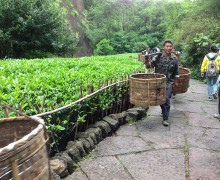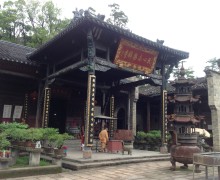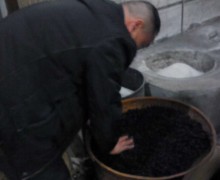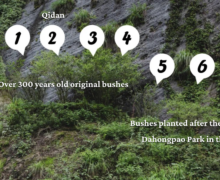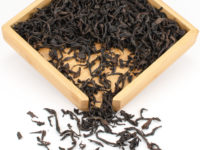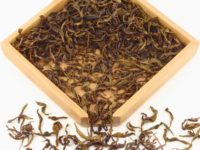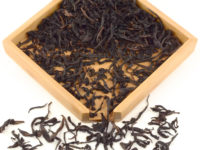Qi Dan (Rare Crimson)
Rock Wulong Tea 2022
Qi Dan’s fresh leaves are light red-purple when young, creating an orchid floral aroma with a sweet finish. Descended from one of the oldest mother bushes in Wuyishan, its subtle character will not shock the palate right away, but the more you drink, the more its unique character will develop.
- Tea Origin
- Wuyishan City, Fujian Province, China
- Tea Bush
- Qi Dan (Rare Crimson)
- Tea Maker
- Zhou Yousheng and Huang Shiying
- Harvest Time
- Early May
- Plucking Standard
- Zhong kai mian
When you travel to the Wuyi Mountains (Wuyishan), the birthplace of wulong (or oolong) tea, tea enthusiasts always visit Big Red Robe Park. Guides take visitors to the famous six bushes, perched on a cliff face inscribed with the characters for Big Red Robe. Four of these bushes are estimated to be more than 300 years old – much older than is common for a tea bush. They are sustained in their uncommon old age by the spring water and rich soil provided by the weathered rock. The mountains themselves seem like they are watering the bushes themselves as the rock faces are often wet. The Dragon’s Nest, according to the monks, contains the tea bushes that Da Hong Pao was made from. A small number of cuttings of the Qi Dan bush were taken back to Wuyishan from a research facility in Fuzhou in 1964. Leaves plucked from local, cultivated Qi Dan bushes are sometimes used in the blending of high-end Da Hong Pao teas.
In a Qing Dynasty record of Wuyi tea varieties, Lu Tingcan wrote that there were more than 500 hundred named varieties. Today, 256 examples have been collected and preserved. The high-yielding Rougui and Shuixian cultivars, through government promotions in the late 1970’s, are frequently used in rock wulong blending today.
Qi Dan’s most distinctive attribute is the complex aftertaste that develops slowly in the back of the throat after the infused tea is swallowed. This is the celebrated “yan yun” or “rhyme” of rock wulong tea – the enduring feeling at the back of your throat. The aroma and initial taste of QiDan can be very pleasantly surprising. We made this tea for participants at a tea conference, and one gentleman asked, “what did you flavor this with?” Qi Dan’s characteristics are subtle at first, and the more you drink, the more its unique character will develop.
No chemical fertilizer, pesticide, or herbicide was used in the production of this tea. Click here to read more about our promise to fair trade and the environment.

